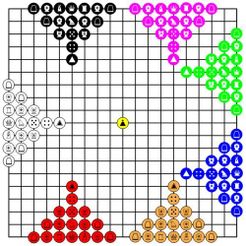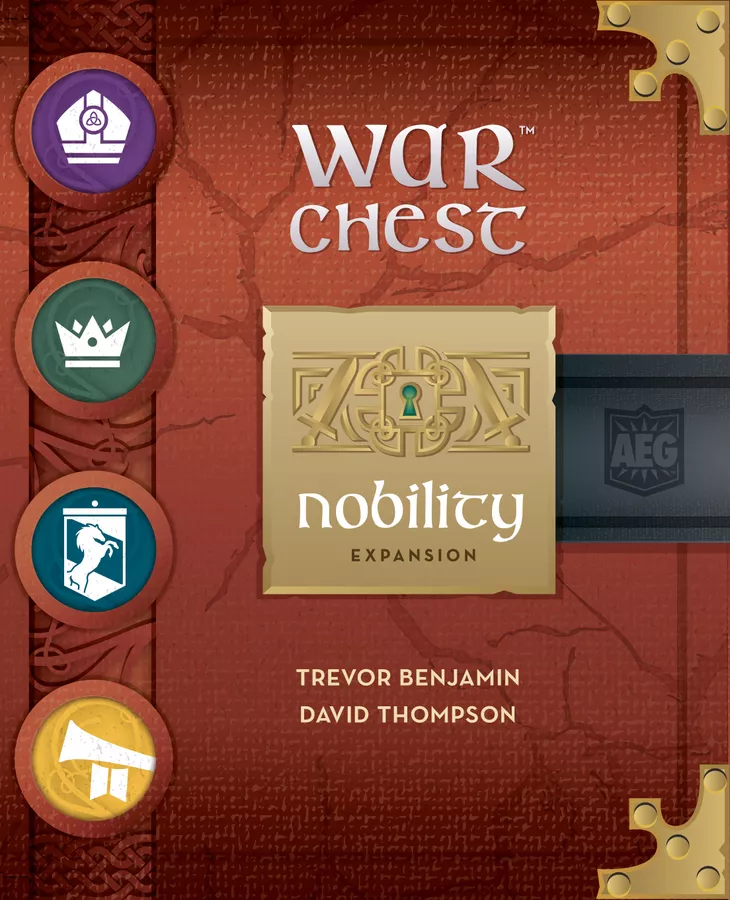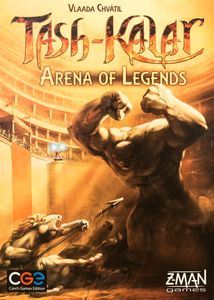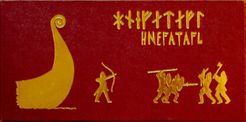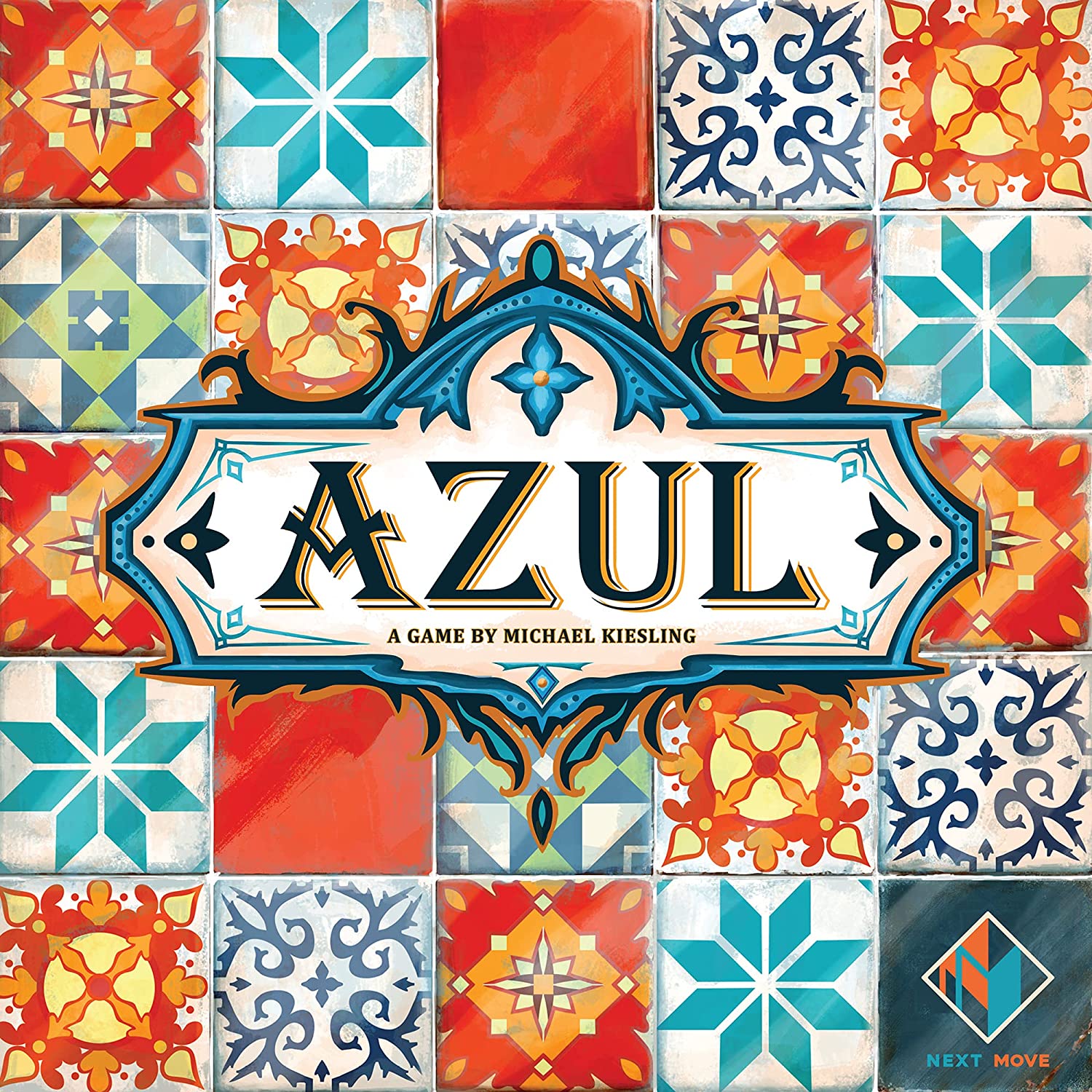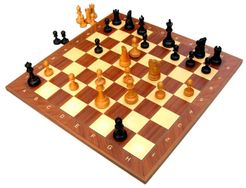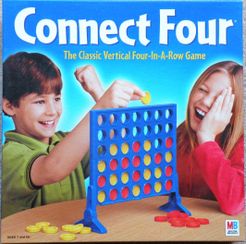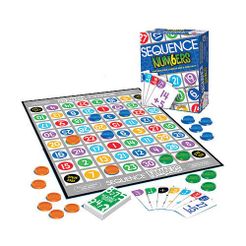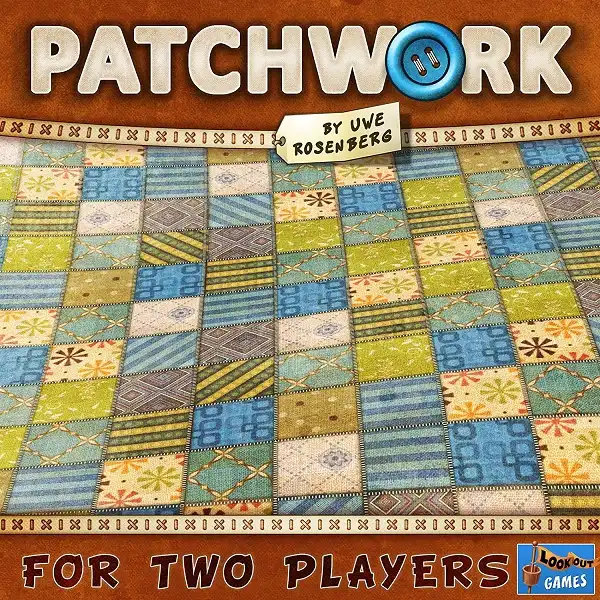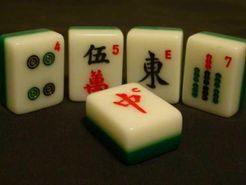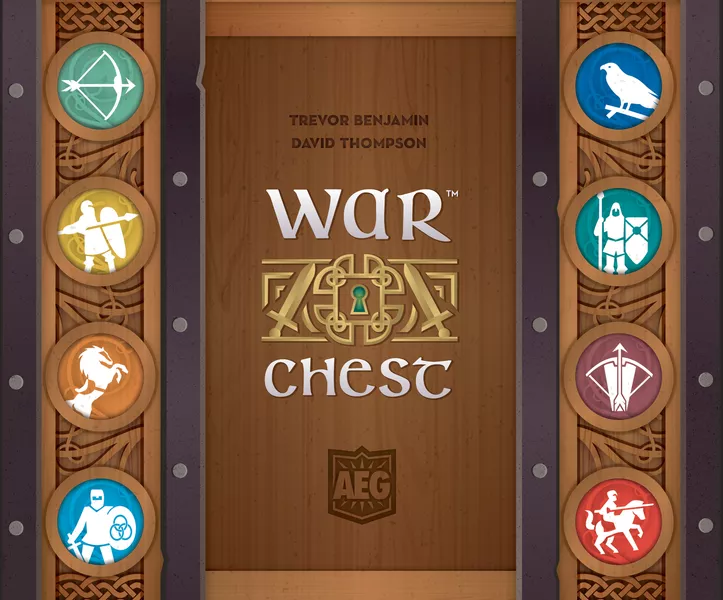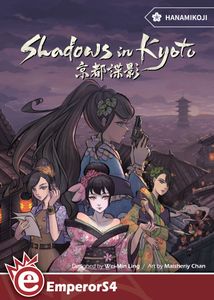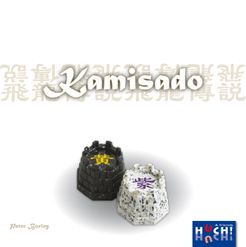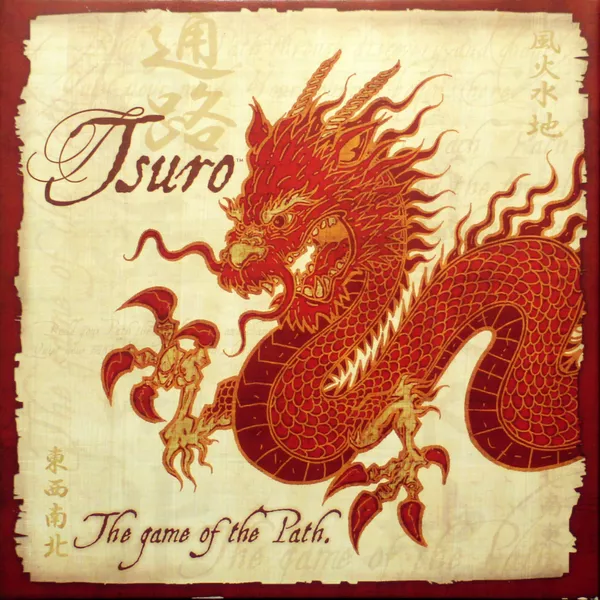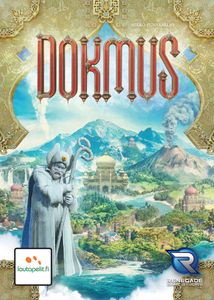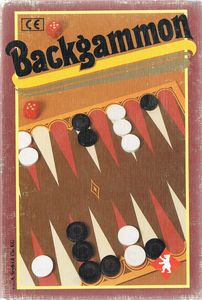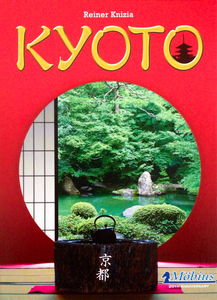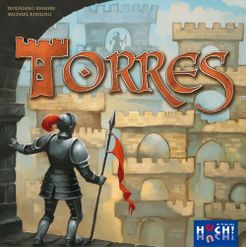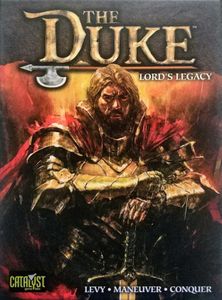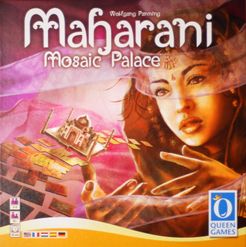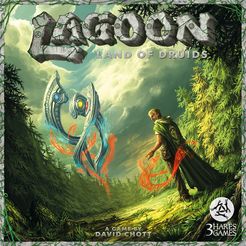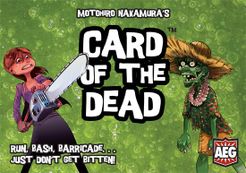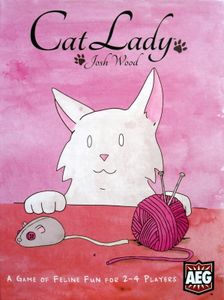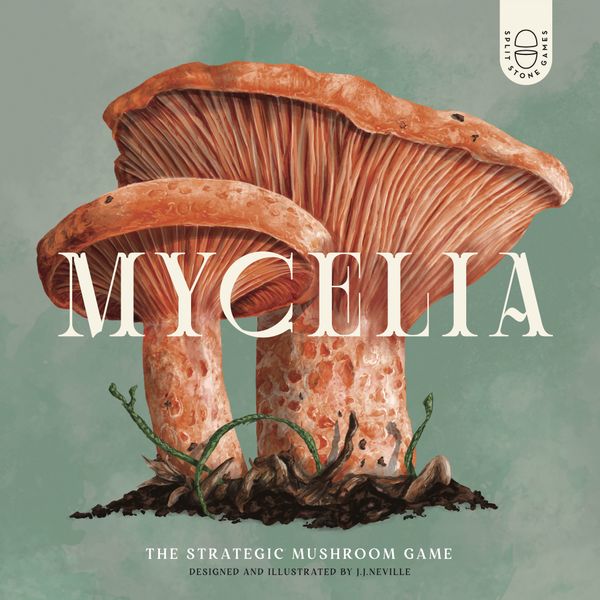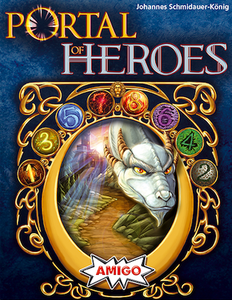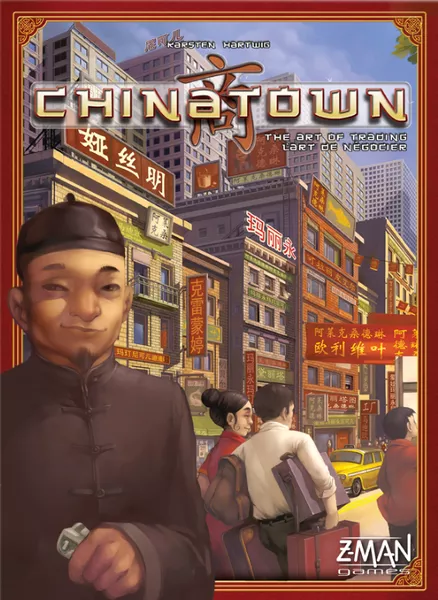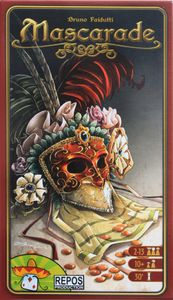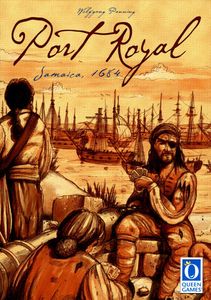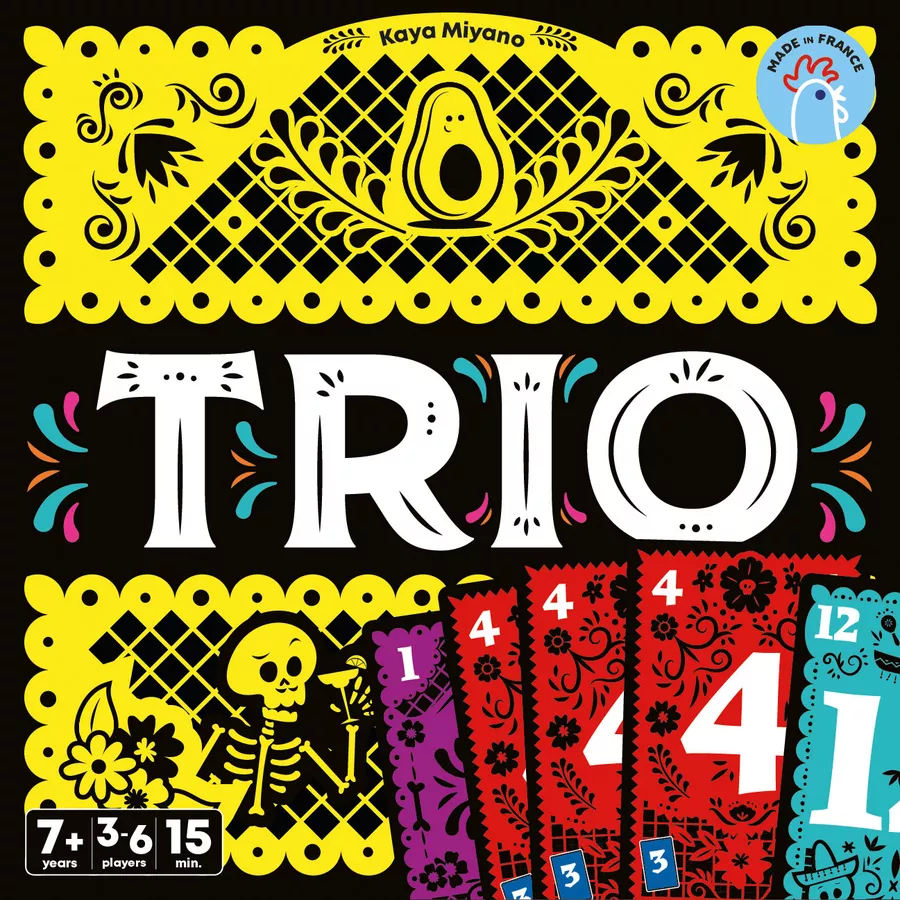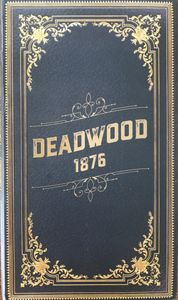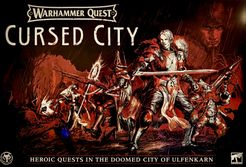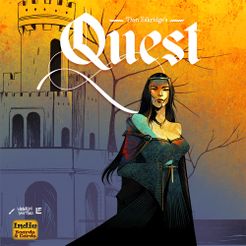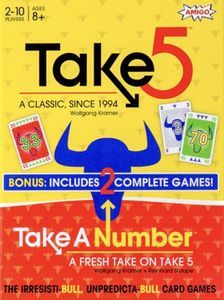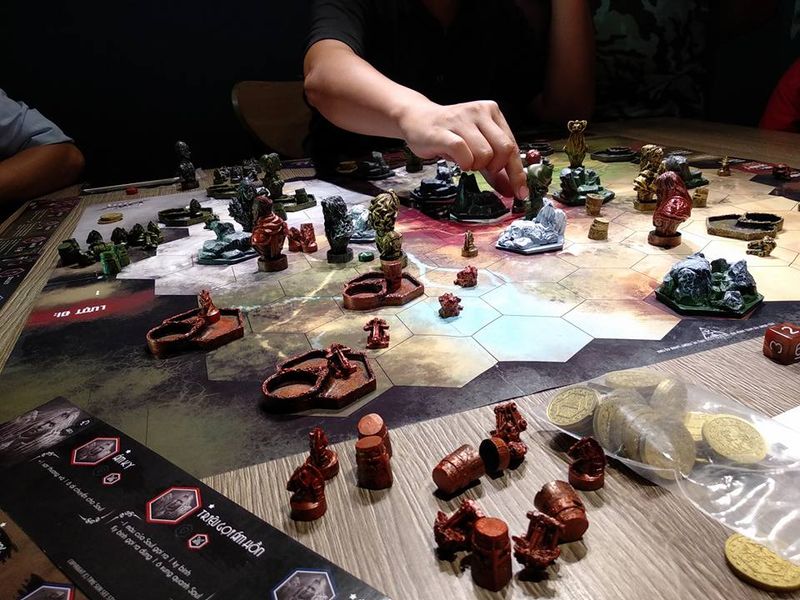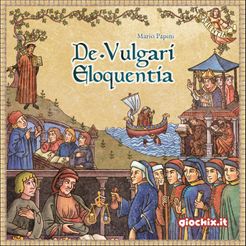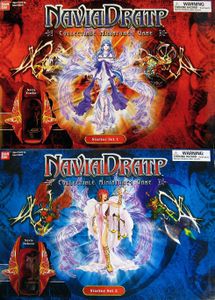Qi Guo Xiang Qi (1200)
Tác Giả: (Uncredited)
Nhà Phát Hành: (Public Domain)
- Giới Thiệu
- Hướng Dẫn
- Video
- Chơi Ngay
- Đánh Giá & Bình Luận
This "variant" of Xiangqi is played on a 19 X 19 grid (Go board). Seven armies represent the seven warring states of the late Zhou Dynasty (1045 - 221 BC):
Qin (white), Chu (red), Qi (indigo), Yan (black), Han (orange), Wei (green), Zhao (purple).
Each army is played by one player. For less than 7 players, there are several predetermined "allies", so one or more players direct two armies.
Every army has 17 pieces, which makes a total of 120, regarding the central single piece, representing the kingdom of Zhou. This piece does not move at all and cannot be captured.
Each of the armies consist of the following pieces:
1 General - moving like the Queen in modern Western Chess.
1 Deputy General - moving like the Rook in modern Western Chess.
1 Officer - moving like the Bishop in modern Western Chess.
1 Diplomat - moving like the Queen, too, but cannot capture or be captured.
1 Cannon - like the Cannon in XiangQi (moving like the Rook, but capturing over one intervening piece).
1 (Unit of) Archers - moving like the Queen, but only for 4 spaces.
1 (Unit of) Crossbowmen - moving like the Queen, but only for 5 spaces
2 (Units of) Swordsmen - moving 1 space diagonally.
4 (Units of) Broadswordsmen - moving 1 space vertically or horizontally.
4 (Units of) Cavalry - moving 4 spaces: 1 in a straight line and then 3 diagonally.
There are several rules regulating possible allies and winning conditions over single states. Residual pieces of beaten armies are removed from the board.
Simplified, it can be said, that to gain a victory over another state, a player has to capture the general or more than 10 pieces of this state. The player with the most captured pieces at the end of the game wins.
There are similarities both to Go (the central piece as the centre of the universe/representing the Zhou Dynasty, or the removing of "dead" armies) and Xiangqi (the pieces, the armies ...); this and the 7 players make this game unique in the history of strategic boardgames.



